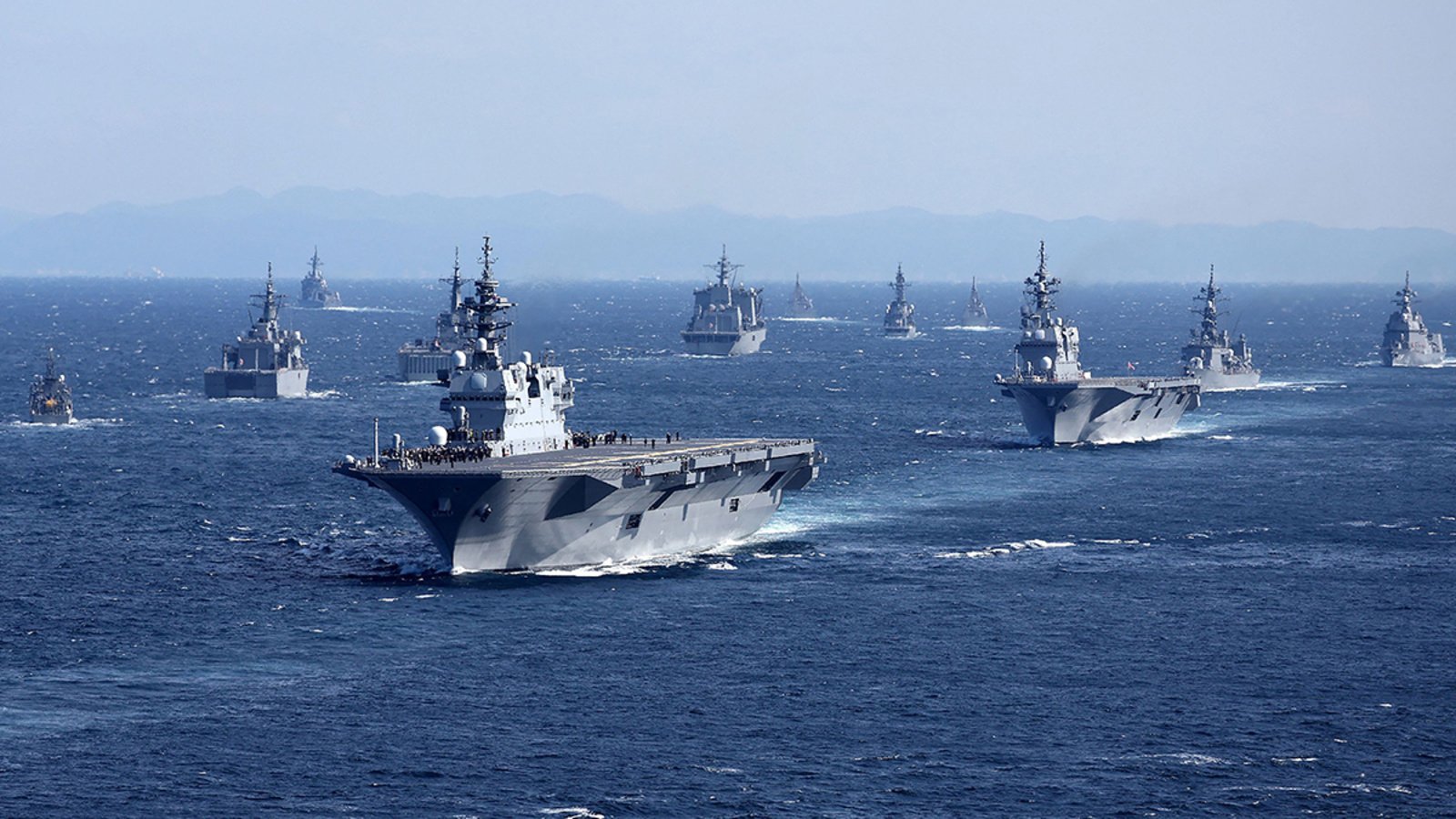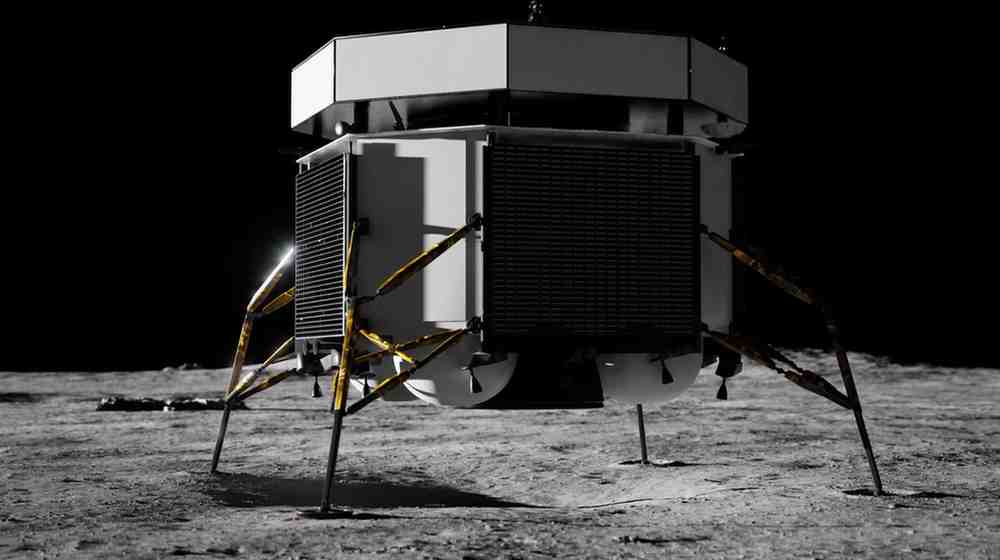The Indo-Pacific region, extending from the eastern shores of Africa to the western coastlines of the Americas, has emerged as the focal point of global geopolitics. This vast area, home to some of the world’s busiest sea lanes, critical chokepoints, and numerous maritime disputes, is central to global economic and security dynamics. As power increasingly shifts towards Asia, maritime security in the Indo-Pacific has become crucial, demanding a deep understanding of its role in regional stability and the global order.
The Indo-Pacific is a strategic crossroads where global trade, energy resources, and military power converge. Over 60% of the world’s maritime trade passes through these waters, making it the lifeblood of the global economy. The Strait of Malacca, the South China Sea, and the Strait of Hormuz are particularly critical, with the first being one of the world’s busiest maritime choke points, crucial for the transport of oil and gas from the Middle East to East Asia. Any disruption in these sea lanes, whether due to conflict, piracy, or natural disasters, would have catastrophic effects on global trade and energy supplies. Securing these maritime routes, therefore, is not just a regional concern but a global imperative. The economic centrality of the Indo-Pacific makes maritime security a cornerstone for ensuring the uninterrupted flow of goods and resources, vital for global economic stability.
The security landscape of the Indo-Pacific is increasingly complicated by a range of traditional and non-traditional threats. On one hand, there is growing military competition among major powers, notably the United States and China. The South China Sea, in particular, has become a flashpoint, with China’s expansive territorial claims and its militarization of artificial islands challenging the freedom of navigation that is essential under international maritime law. On the other hand, non-traditional security threats such as piracy, terrorism, illegal fishing, and environmental degradation are also on the rise. These threats, often transnational in nature, require collaborative efforts among regional states and beyond. For instance, piracy in the Strait of Malacca has been significantly reduced due to coordinated patrols by Indonesia, Malaysia, and Singapore, highlighting the importance of regional cooperation. However, the fragmented nature of the Indo-Pacific, with its myriad national interests, historical grievances, and varying levels of capability, makes such cooperation challenging. The lack of a cohesive regional security architecture exacerbates these challenges, leading to a security dilemma where one nation’s measures to enhance its maritime security can be perceived as a threat by others, thus fueling further instability.
The great power rivalry between the United States and China is perhaps the most defining feature of the contemporary Indo-Pacific security environment. The U.S., through its Indo-Pacific Strategy, seeks to maintain a free and open region, ensuring that no single power dominates. This strategy is underpinned by a network of alliances and partnerships, particularly with Japan, Australia, and India, who share concerns about China’s rise and its implications for regional security. China, on the other hand, views the Indo-Pacific as its natural sphere of influence, particularly in the South China Sea. Beijing’s assertive maritime posture, including the establishment of the so-called “Nine-Dash Line” and the militarization of disputed islands, has raised alarm across the region. China’s Belt and Road Initiative (BRI) further extends its influence through infrastructure investments in key maritime states, from Southeast Asia to the Indian Ocean. The involvement of other regional players, such as India, Australia, and Japan, further complicates the maritime security landscape. India’s Act East policy and its growing naval presence underscore its ambitions as a net security provider in the Indian Ocean. Australia, through its 2020 Defence Strategic Update, has committed to enhancing its maritime capabilities to counter growing threats. Japan, with its dependence on maritime trade, is increasingly playing a proactive role in regional security, including through the Quad (Quadrilateral Security Dialogue) alongside the U.S., India, and Australia.
Given the multifaceted nature of maritime security challenges in the Indo-Pacific, a comprehensive strategy that balances competition with cooperation is essential. This strategy should include strengthening alliances and partnerships, engaging China in dialogue to prevent conflicts, enhancing the regional capacity of smaller nations, addressing non-traditional security threats like piracy and environmental degradation, and promoting the rule of law, particularly through adherence to international maritime laws such as the United Nations Convention on the Law of the Sea (UNCLOS).
Maritime security in the Indo-Pacific is not just about preventing conflict; it is about maintaining the stability and prosperity that underpins the global order. In an era marked by great power rivalry, transnational threats, and the increasing significance of maritime trade, the importance of a robust maritime security framework cannot be overstated. The Indo-Pacific’s future will be determined by the ability of regional and global powers to navigate these challenges with a mix of resolve, cooperation, and adherence to international norms. The stakes are high, not just for the region, but for the entire world.

Jihoon Yu
Jihoon Yu is the director of external cooperation and associate research fellow at the Korea Institute for Defense Analyses. Jihoon was the member of Task Force for South Korea’s light aircraft carrier project and Jangbogo-III submarine project. He is the main author of the ROK Navy’s Navy Vision 2045. His area of expertise includes the ROK-U.S. alliance, the ROK-Europe security cooperation, inter-Korean relations, national security, maritime security, hybrid-threats, and strategic weapons systems. He earned his MA in National Security Affairs from the U.S. Naval Postgraduate School and Ph.D. in Political Science from Syracuse University.
- Jihoon Yu#molongui-disabled-link
- Jihoon Yu#molongui-disabled-link
- Jihoon Yu#molongui-disabled-link
- Jihoon Yu#molongui-disabled-link













